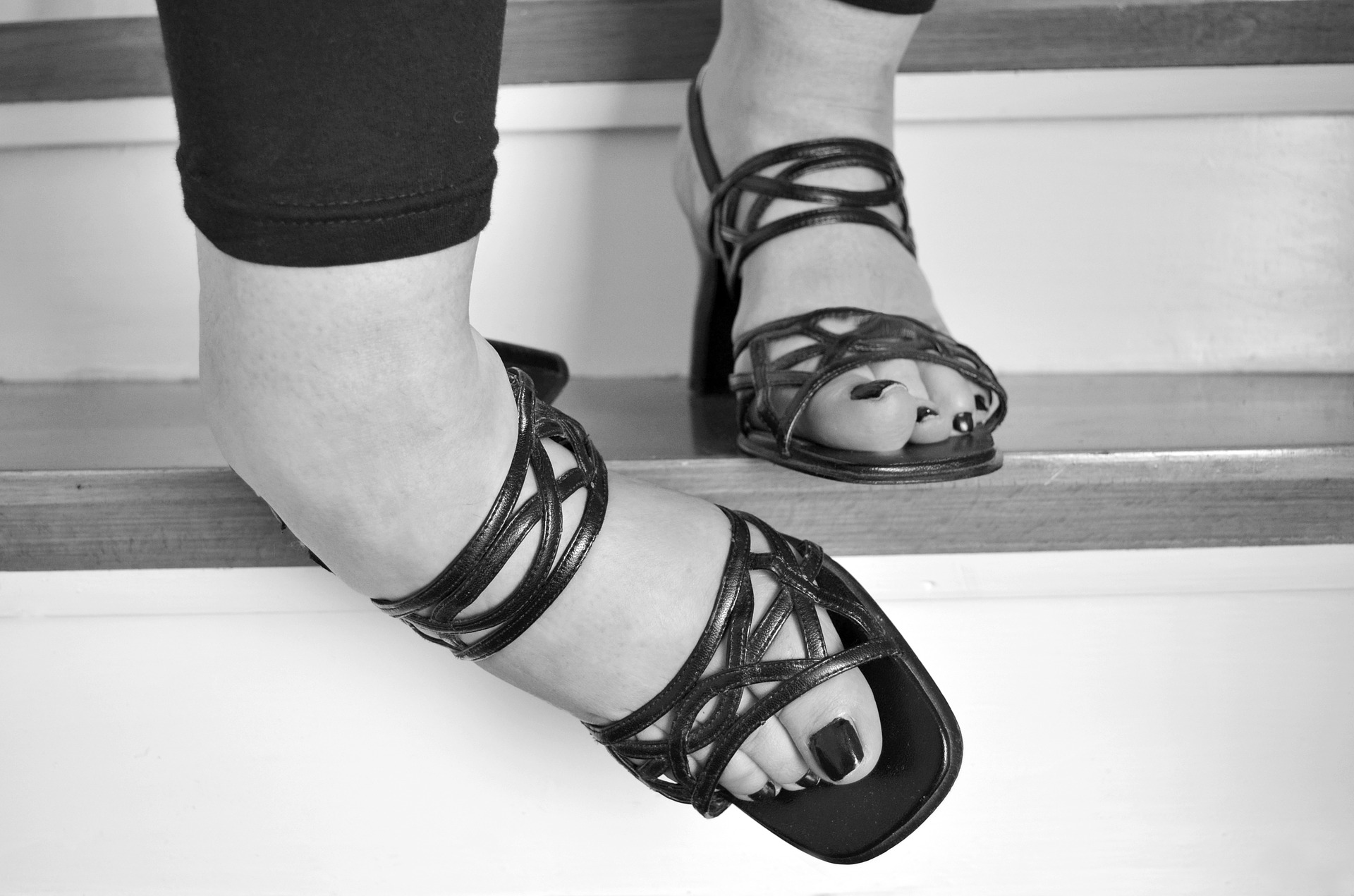"Expert NDIS physiotherapy, right at your doorstep."
Welcome to Physiotherapies!
Welcome to Physiotherapies!

With the AFL pre-season training and the Australian Open upon us, ankle sprains are once again in the spotlight. While I’ve touched on this topic in discussions about common football injuries, it’s worth revisiting in detail as it remains a prevalent injury across multiple sports.
Ankle sprains are among the most common sports injuries, particularly in football, basketball, and tennis. In fact:
Most ankle sprains occur on the outside (lateral aspect) of the ankle when rolling over its outer edge, a movement called inversion. This stretches or tears the ligaments that stabilize the ankle joint.
Ligaments are bands of tissue that connect bones and provide stability to joints. When these ligaments are overstretched or torn, the joint’s stability is compromised.
The severity of an ankle sprain depends on how much the ligament is stretched or torn:
The recovery timeline varies based on the grade of the sprain, with more severe injuries taking longer to heal.
In the first 48–72 hours after an ankle sprain, follow the POLICE protocol to reduce swelling and aid recovery:
If you’ve heard of the PRICE protocol (Protection, Rest, Ice, Compression, Elevation), it’s essentially the same as POLICE, with added emphasis on controlled loading (OL).
Once the swelling subsides, it’s essential to start a rehabilitation program to prevent re-injury.
Physiotherapy plays a key role in reducing pain, improving strength, and restoring range of motion. A physiotherapist will guide you through:
Even after recovery, the risk of re-injury remains high. Here are some preventive measures:
If you’ve sprained your ankle or want to prevent one, early intervention is key. At Physiotherapies, we specialize in customized rehabilitation programs to get you back on your feet—and back in the game—safely and effectively.
Book an appointment with us today and let us help you stay active and injury-free!
